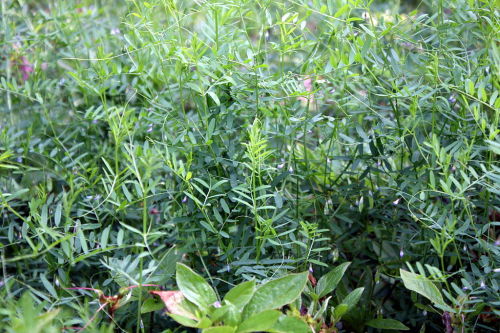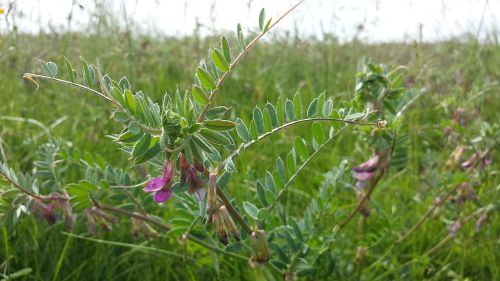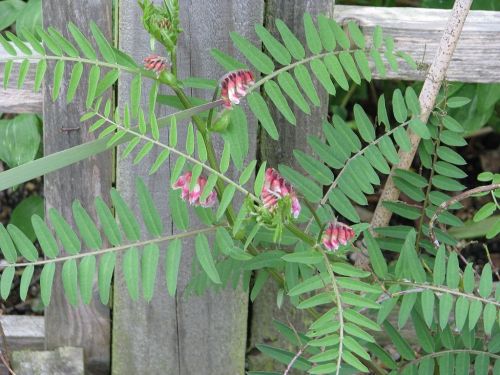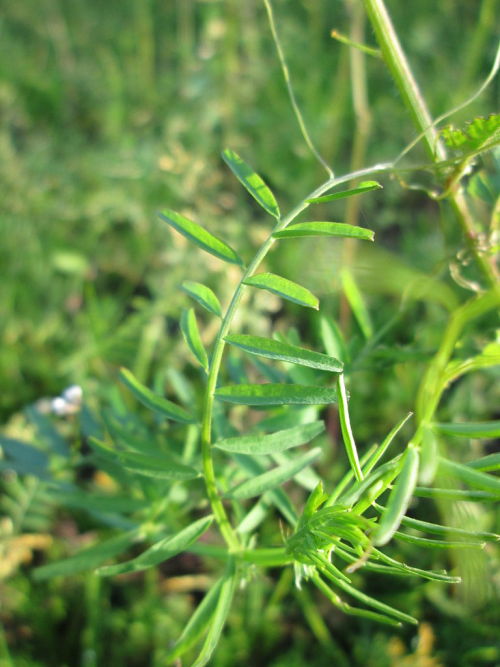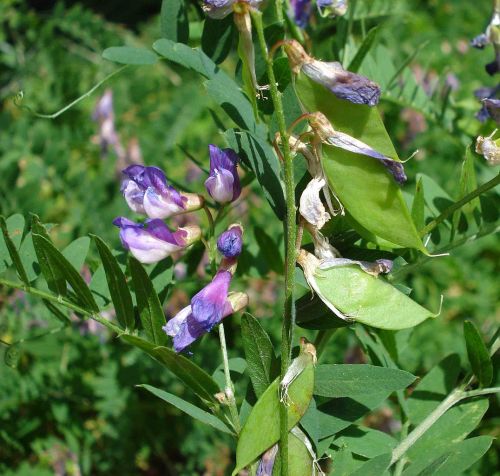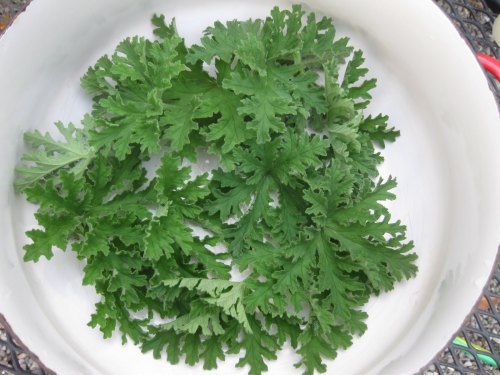#rosids
Iridescent Leaves Take Advantage Of Quantum Mechanics To Thrive In The Shade
I came across more photos of those iridescent Begonias and was reminded to look up why they evolved to be that way! It looks like it’s the result of low light adaptations.
Iridescent flowers are common in nature. Their sparkly petals attract bees’ attention, tempting them to come over and pollinate the flower. But why would leaves be iridescent? This is the question Heather Whitney, a plant scientist at University of Bristol, asked while studying iridescent flowers.
“This seemed very odd to me,” Whitney told Popular Science. “By and large you do not want to attract insects (herbivores) to leaves.” Furthermore, she noticed that these iridescent leaves were always found in shade plants. This seemed counterintuitive since one would expect plants growing in the shade to scavenge every available bit of light. Iridescence reflects some light away, though.
Plants in the Begonia genus, whose iridescent leaves make them favorites among houseplant lovers, thrive in low light. A paper published today in Nature Plants suggests that the dazzling iridescence displayed by some Begonia species may actually be their way of enhancing photosynthesis in deep shade.

